The bubble alumina market exhibits a dynamic competitive landscape characterized by a blend of innovation, strategic partnerships, and regional expansion. Key players such as Almatis (DE), Norton Industries (US), and Imerys (FR) are actively shaping the market through their distinct operational focuses. Almatis (DE) emphasizes innovation in product development, particularly in high-performance applications, while Norton Industries (US) is leveraging its established distribution networks to enhance market penetration. Imerys (FR), on the other hand, is pursuing strategic partnerships to bolster its supply chain resilience, thereby enhancing its competitive positioning. Collectively, these strategies contribute to a moderately fragmented market structure, where the interplay of established players and emerging entrants fosters a competitive yet collaborative environment.
In terms of business tactics, companies are increasingly localizing manufacturing to reduce lead times and optimize supply chains. This approach not only enhances operational efficiency but also aligns with the growing demand for sustainable practices. The competitive structure of the bubble alumina market appears to be moderately fragmented, with several key players exerting influence over pricing and product offerings. The collective actions of these companies suggest a trend towards consolidation, as firms seek to enhance their market share through strategic acquisitions and partnerships.
In October 2025, Almatis (DE) announced the launch of a new line of high-purity bubble alumina products aimed at the aerospace sector. This strategic move is significant as it positions Almatis to capitalize on the increasing demand for lightweight and high-performance materials in aerospace applications. The introduction of these products not only diversifies Almatis's portfolio but also reinforces its commitment to innovation and quality, potentially attracting new customers in a lucrative market segment.
In September 2025, Norton Industries (US) expanded its manufacturing capabilities by investing in a new facility in the Midwest. This expansion is crucial as it allows Norton to enhance its production capacity and reduce shipping times for its customers. By localizing production, Norton Industries aims to improve its supply chain efficiency and respond more swiftly to market demands, thereby strengthening its competitive edge in the bubble alumina market.
In August 2025, Imerys (FR) entered into a strategic partnership with a leading technology firm to integrate AI-driven analytics into its production processes. This collaboration is expected to optimize operational efficiency and reduce costs, thereby enhancing Imerys's competitive positioning. The integration of advanced technologies reflects a broader trend within the industry towards digital transformation, which is likely to redefine operational paradigms and improve product quality.
As of November 2025, the bubble alumina market is increasingly influenced by trends such as digitalization, sustainability, and the integration of AI technologies. Strategic alliances are becoming pivotal in shaping the competitive landscape, as companies seek to leverage shared expertise and resources. Looking ahead, competitive differentiation is expected to evolve, with a pronounced shift from price-based competition to a focus on innovation, technological advancement, and supply chain reliability. This transition underscores the necessity for companies to adapt and innovate in order to maintain their competitive advantage in a rapidly changing market.


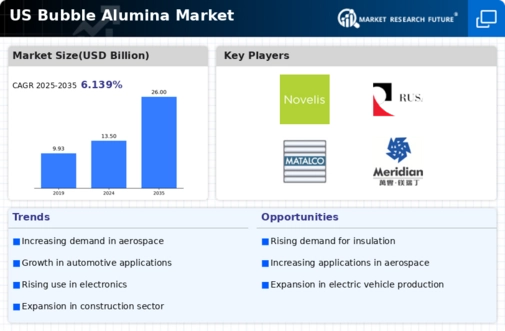
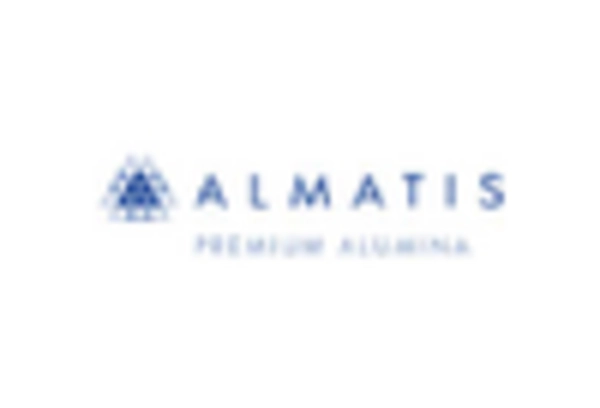
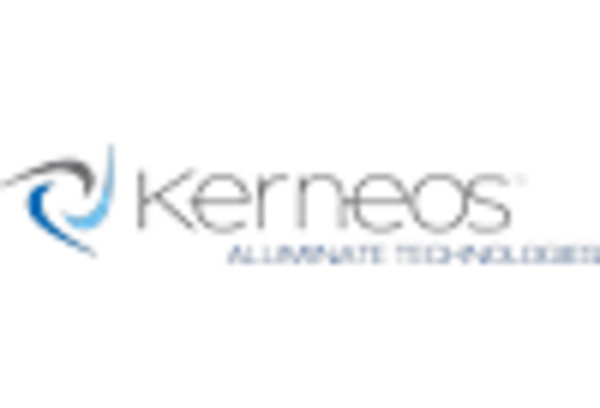
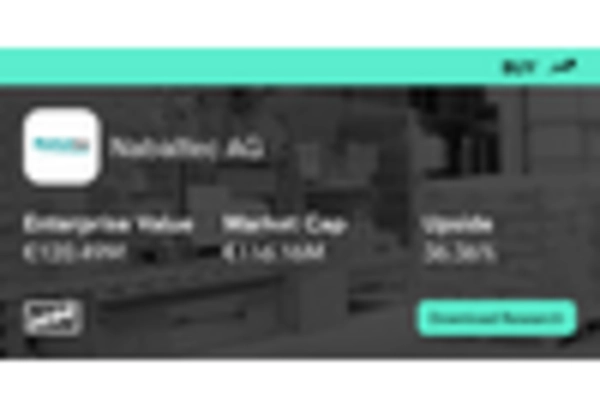
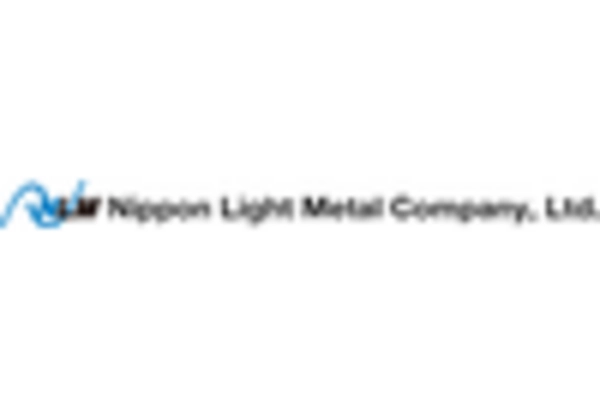

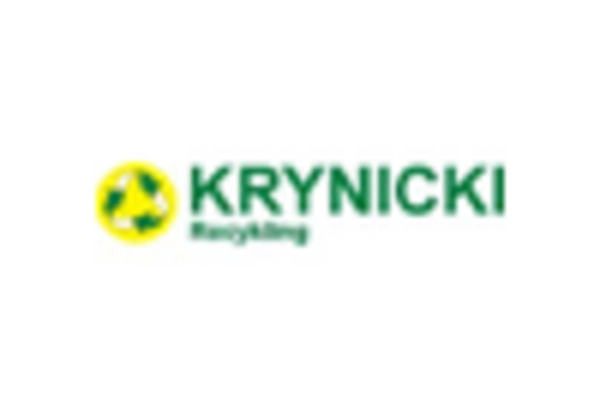








Leave a Comment